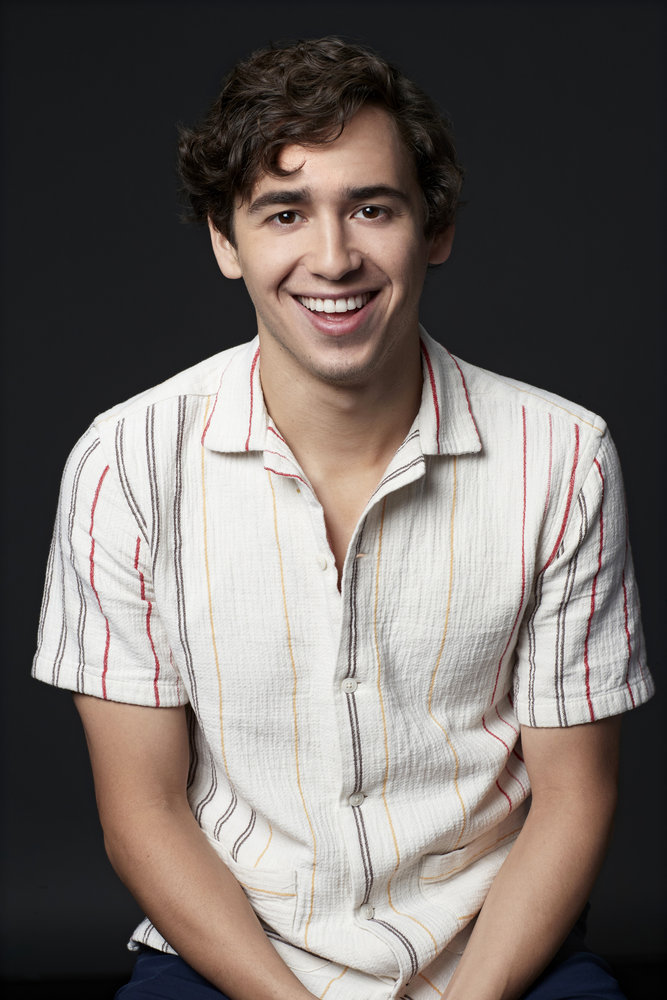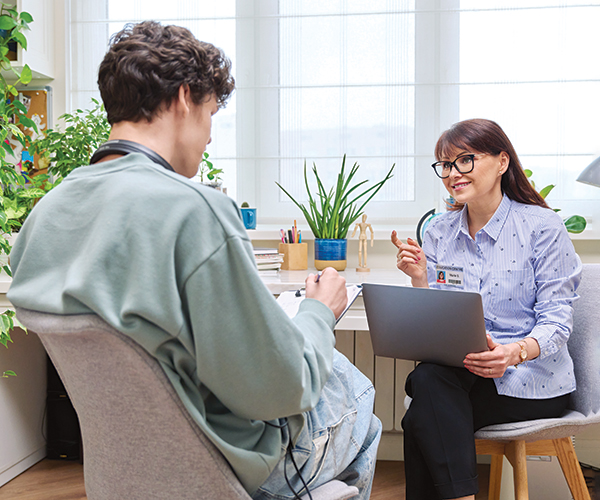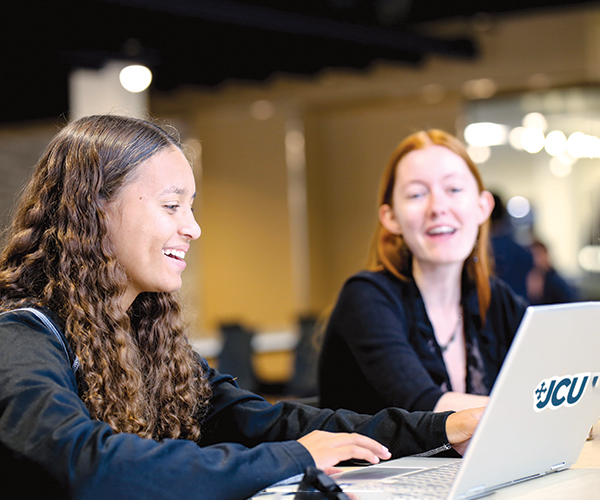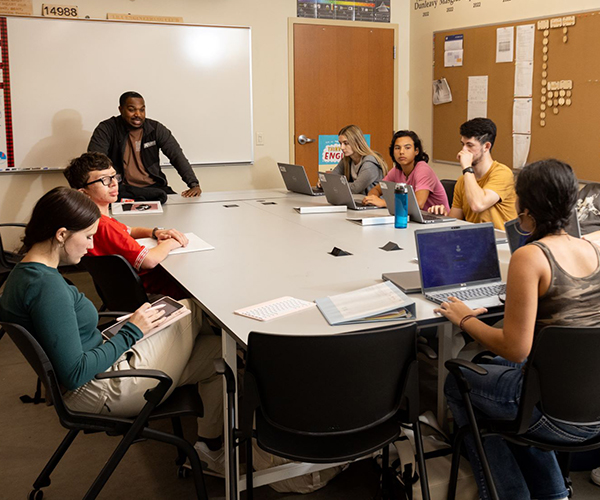Lake Ridge Academy Helps Students See a Global Perspective
by Kristen Hampshire | Mar. 10, 2023 | 1:00 PM
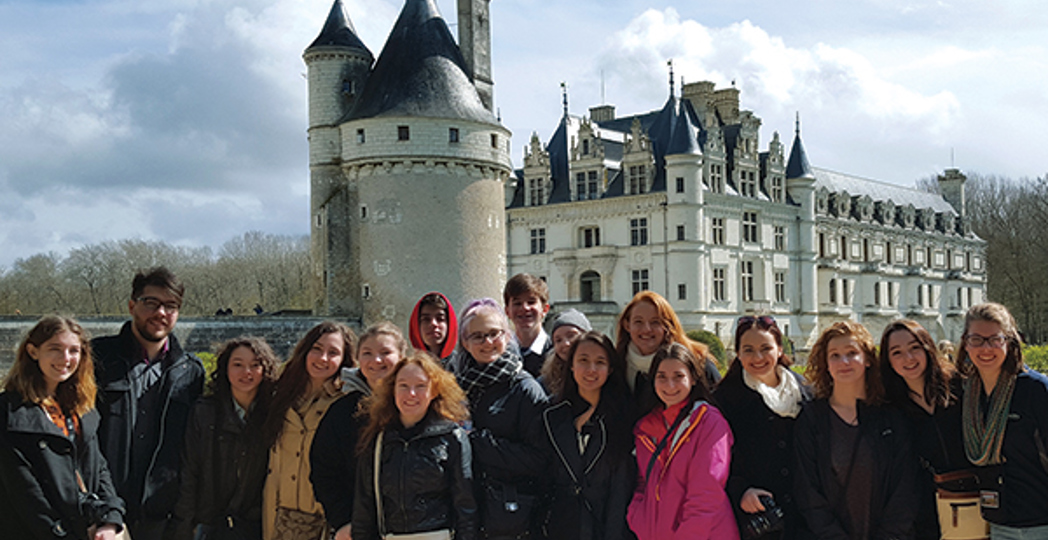
Courtesy Lake Ridge Academy
Sharing Korean foods, teaching classmates about the Lunar New Year and writing about culture shock for the student newspaper are a few ways Sunwoo Skylar Hyun shares her global perspective at Lake Ridge Academy.
“We can bring different perspectives and cultures to school,” says Hyun, a junior, noting the growing international student population at the school, which is about 10% of the student body and includes 10 different countries.
Her sister and parents are back home in South Korea – and Hyun has adopted a Lake Ridge family that welcomed her into extracurriculars, social experiences and more.
“Not a day goes by where we aren’t learning from each other,” points out Kelly Prill, the school’s dean of international students and assistant director of college counseling. “We make cultural mistakes and learn from them. We bring diverse perspectives and share them. We strive to make sure our students see themselves reflected in the curriculum, so if we are studying ancient China, we’ll ask one of our Chinese students to be the expert.”
Sometimes, global learning is about forcing real and uncomfortable situations. For instance, the Upper School facilitated a program called BaFa BaFa, a simulation where students are grouped into two fictitious cultures with wildly different values. “The whole idea is to force cultural misunderstandings and mistakes to give that feeling of culture shock,” Prill says.
Meanwhile, with the growing international population at Lake Ridge, Prill says global relationships form and students learn tolerance and respect. “My life is changed every day in this job,” she adds.
An Integrated Approach
Diversity, Equity, Inclusion and Belonging (DEIB) at Laurel School starts in the youngest grades with three-year-olds. They might read a book like Our World Is a Family and discuss immigration. Respect is modeled in the classroom and teachers overhear the outcomes during play. “The little ones say, ‘Listen to what she has to say,’ or, ‘You need to be respectful,’” says Lauren Calig, director of multicultural curriculum and co-director of DEIB with Candace Maiden, who is based at the Upper School.
As students advance, their global learning digs deeper. For instance, a six-week high school course called Perspectives is centered on global headlines. “We are constantly asking the questions: Who is writing the article? What is the audience? What voices are heard? What voices are not heard?” Maiden relates.
Last year, topics included homelessness and COVID-19, sexism and female Olympic athletes, environmental injustice and lead poisoning and Afghan women's perspectives when U.S. troops left. “We see how information in the media is shared in different countries and allow our students to look at news in a broader way,” Maiden says.
Calig says more schools are introducing global perspectives, and Laurel has consulted with other institutions to share how they ingrain DEIB into the culture. “Everything we do here at Laurel is deliberate,” she says. “So, students in a math class learning about statistics might learn about redlining and why one school district gets more money per pupil than another.”
Breaking Borders
The Center for Global Citizenship at Lake Ridge Academy includes international travel opportunities, and a chance to conduct a two-year independent research program. According to the Center For Global Citizenship website, upcoming travel opportunities for students include Great Britain, Ecuador, Peru, Madrid, Paris and Rome.
These trips allow students to expand their world view while learning about art, culture, STEM and more. French teacher David Wagner leads this Global Scholars program. “Our main goals are to help students do research programs with an international focus so students can share that knowledge with the student body,” he says.
The Institute for Business and Entrepreneurship introduces students to global business practices and includes trips. “We want students to have this understanding that everything in the world is connected,” says Donald Bittala, one of the Upper School’s social studies teachers. One effort is opening a campus coffee and spirit shop with products from local and global companies as a supply chain lesson.
Meanwhile, U.S. history students research immigration history in their junior and senior years and participate in a processing simulation. They are met with guides and move through various stations for testing, and some are quarantined.
“For our international students, it’s about validating what they have been through and showing others their struggles,” says Elizabeth Russell, history and psychology teacher. “For students who can trace their history, it involves storytelling. It has the potential to be transformative.”
Find out how co-teaching helps Cleveland educators provide a more comprehensive education
Get ahead of the weekend by signing up for our free weekly “In the CLE” newsletter — your guide to fun throughout The Land. Arriving in your inbox every Wednesday, this weekend to-do list fills you in on everything from concerts to museum exhibits — and more. Click here to subscribe.
Trending
-
1
-
2
-
3
-
4
-
5





